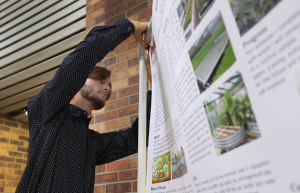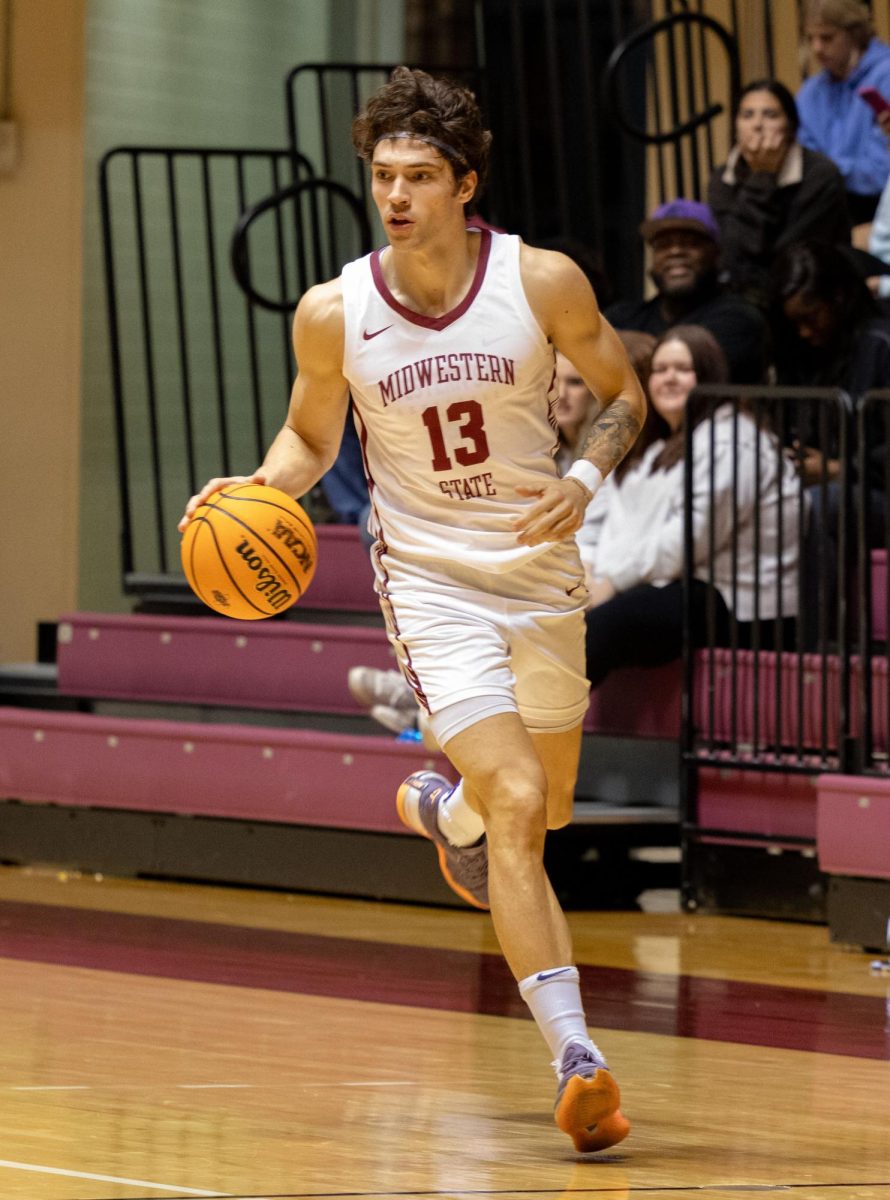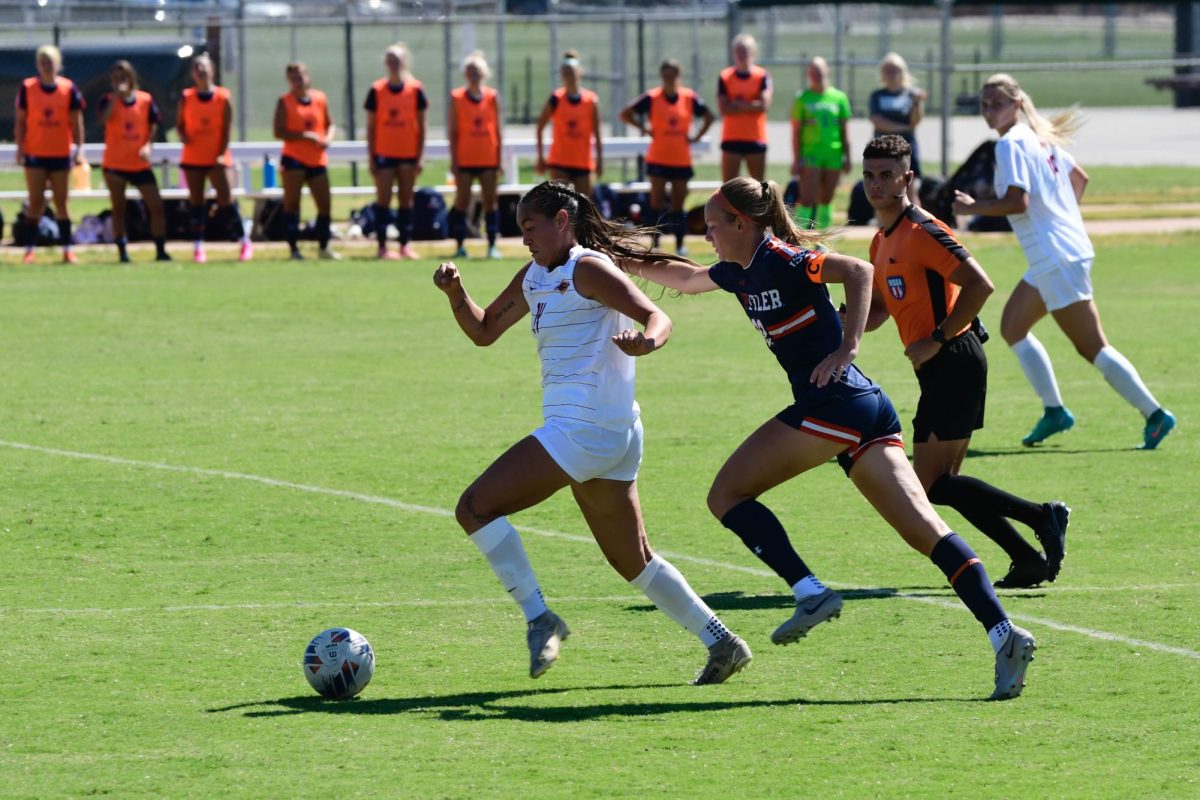
About five minutes before 9 a.m., Clark Student Center was buzzing. The tension had set in for some of the students at the Undergraduate Research and Creative Activities Forum doing either poster or oral presentations.
A few were still putting the finishing touches on their PowerPoint presentations, even though they were supposed to be turned in by 8 a.m. Others were trying to figure out how to hang their poster using the sometimes uncooperative binding clips.
However, the presentations were just the culmination of at least a semester’s work and students had to choose whether to do an oral presentation or poster presentation.
Forty three chose to do an oral presentation, and 34 students chose to do poster presentations, filling the atrium up with posters on everything from creating a newsletter to alligators.
Students in the atrium shared their opinions of both presentations. Four different topics arose:
PUBLIC SPEAKING
“Oral presentations are more pressure,” Oscar Montalvo, senior in radiology said. “It’s easier to answer questions if there is good structure behind the poster. In orals, you’re not as ready to answer questions. It’s easier to depend on a poster instead of slideshows.”
Oral presentations, however, are not ideal for people not comfortable speaking in large crowds.
“Posters take away the anxiety of public speaking,” Montalvo said. “Communicating is less stressful.”
Luca Lalor fell into his oral presentation.
“A professor of mine asked if I wanted to help with his research and his research was geared toward oral,” Lalor said. “We have presented in Dallas, so it really does improve on speaking skills.”
TIME ON SCENE
Poster presentations require students to either stand in the atrium for 90 minutes, or even the whole day, answering questions from evaluators and others.
“I’m happy I only have to present for 10 minutes for the oral presentation instead of having to stand here all day,” Lalor said.
Standing all day may help researchers convey their message, however.
“There is a limit on time with oral presentations,” William Statham, junior in engineering said. “Posters allow me to have one-on-one time to tell evaluators or students about the whole project.”
Statham has also presented an oral presentation at the North Texas Airstream Community.
“One is not better than the other, it is just how they’re set up,” Statham said.
PROFFESIONALISM
Andrea Mendoza Lespron, English junior, wanted to shake things up a bit, so she used an oral presentation to do that.
“Posters give you that one-on-one time, but an oral is a presentation to everyone in the room,” Lespron said. “It is much more professional.”
The professionalism of an oral only reflects back on the presenter, however.
“What happens if someone from the audience asks a question you don’t know how to answer,” Montalvo said. “With an oral you can add knowledge, but a poster is a big impression. You have a basis to start on.”












